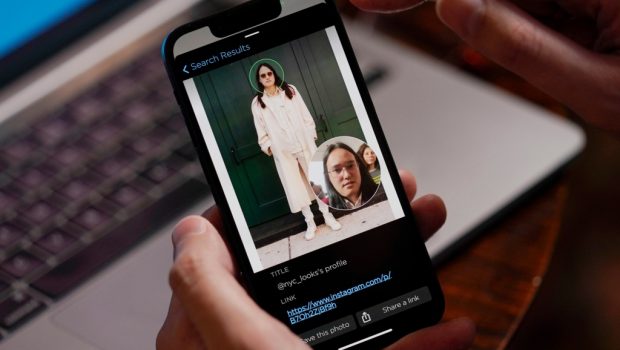Facial recognition technology is a valuable tool – Press Enterprise
What if law enforcement had the ability, using proven and highly accurate technology, to identify potential suspects after a crime was committed or when someone, like a child, goes missing?
If we were referring to the application of DNA evidence in crime solving, technology widely used for decades by law enforcement, it would be a no-brainer.
By contrast, law enforcement’s use of facial recognition technology (FRT), although it serves many of the same public safety purposes in similar applications as forensic DNA evidence – including helping to exonerate the innocent as well as convicting the guilty – is met with largely unfounded skepticism.
Recent high-profile examples highlight how facial recognition technology serves the public good.
When rioters stormed the U.S. Capitol to prevent Congress from certifying the 2020 election, facial recognition technology helped – using publicly available images – to reveal the potential identities of individuals involved in the mayhem.
Following Russia’s unprovoked attack, the Ukrainian government effectively used FRT toidentify deceased Russian soldiers, investigate the war crimes in Bucha and help with family reunification and refugee resettlement – all from publicly available information.
Of course, most practical applications of FRT in law enforcement scenarios would be less flashy though nonetheless crucial to the administration of justice, such as helping identify child predators, resolving cold case felonies and prosecuting financial crimes.
Despite the obvious benefits, several state and local government entities are either radically restricting or banning use of facial recognition technology, largely due to misconceptions on how FRT actually works.
Cutting edge companies like the one I founded, Clearview AI, recognize that FRT must be used for the best and highest purposes while proactively limiting any potential downsides. We have developed the top-rated facial recognition technology in the U.S., as verified by the National Institute for Standards and Technology. Our algorithm can pick the correct person out of a lineup of 12 million photos with a staggering 99.85 percent accuracy rate, and works with substantially equal effectiveness regardless of race, age, gender or other demographic features.
Our image repository consists of public data that can be obtained by a typical Google search, sourced from news media, mugshot, public social media and other open sources. This means that if the content of a social media post is made in private mode, it won’t appear in search results.
Clearview AI’s facial recognition database is only available to government agencies who may only use the technology to assist in the course of law enforcement investigations or in connection with national security. And law enforcement’s use of FRT is not “real-time surveillance,” which is defined as the live monitoring of behavior.
We believe that FRT can be deployed in a way that protects fundamental freedoms and human rights, when used in an after the crime manner. In fact, accurate FRT can make police descriptions such as “a six-foot-one, African-American male” a thing of the past, creating a world with fewer unnecessary police interactions. Additionally, it promises to help overturn wrongful convictions, prevent discrimination, exonerate the innocent and eliminate the police lineup.
We encourage government entities to adoptcommon sense legislation and/or regulation,and best use practices.
Law enforcement agencies should make their facial recognition policies public, outlining the use cases, situations and types of crime for which they will use facial recognition. Effective training protocols must be established and any FRT system must have an administrator to manage access and oversee the technology’s use. The system must have effective reporting tools that generate usage reports and audits.
Finally, users should never rely on the results of a FRT search as the sole means of identifying a suspect – each possible match must be confirmed by independent, corroborating information.
We’re now in the 21st century’s third decade. Facial recognition technology should be leveraged for good. With proper purpose, restraint and regulation, it can help solve crimes, aid victims and ultimately make the world a safer place.
Hoan Ton-That is co-founder and CEO of Clearview AI. To learn more visit www.clearview.ai








Gloss